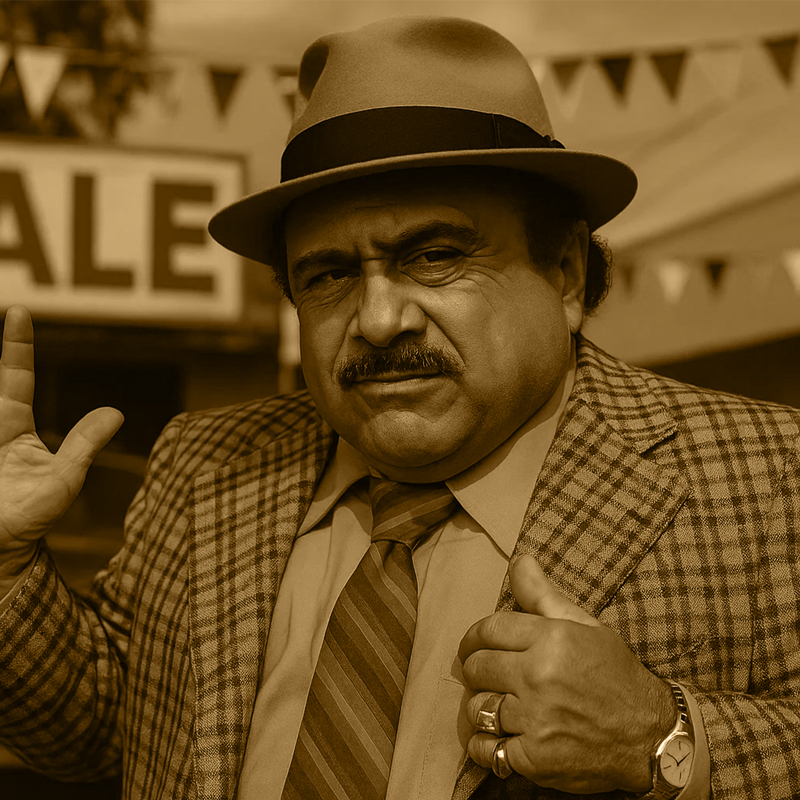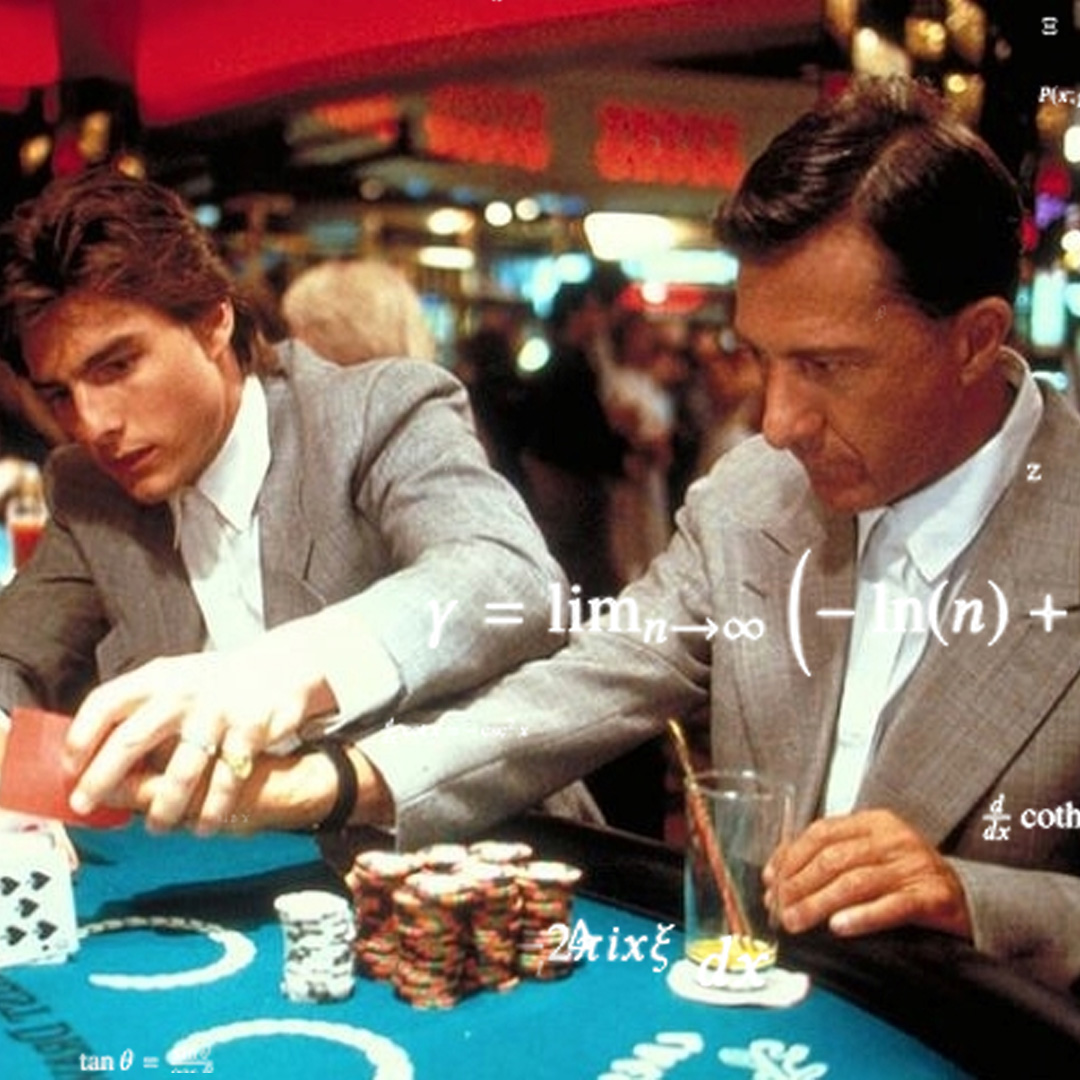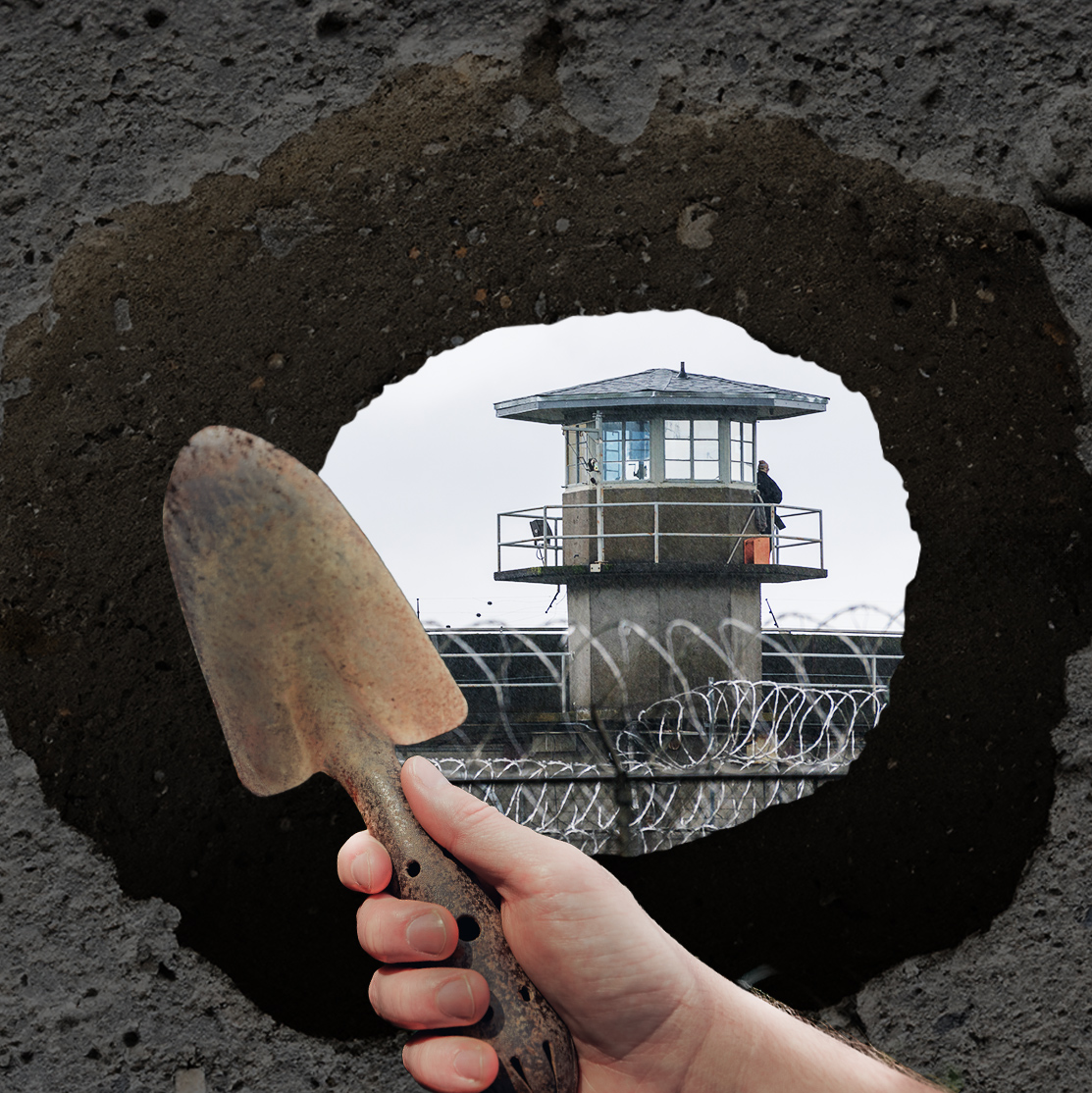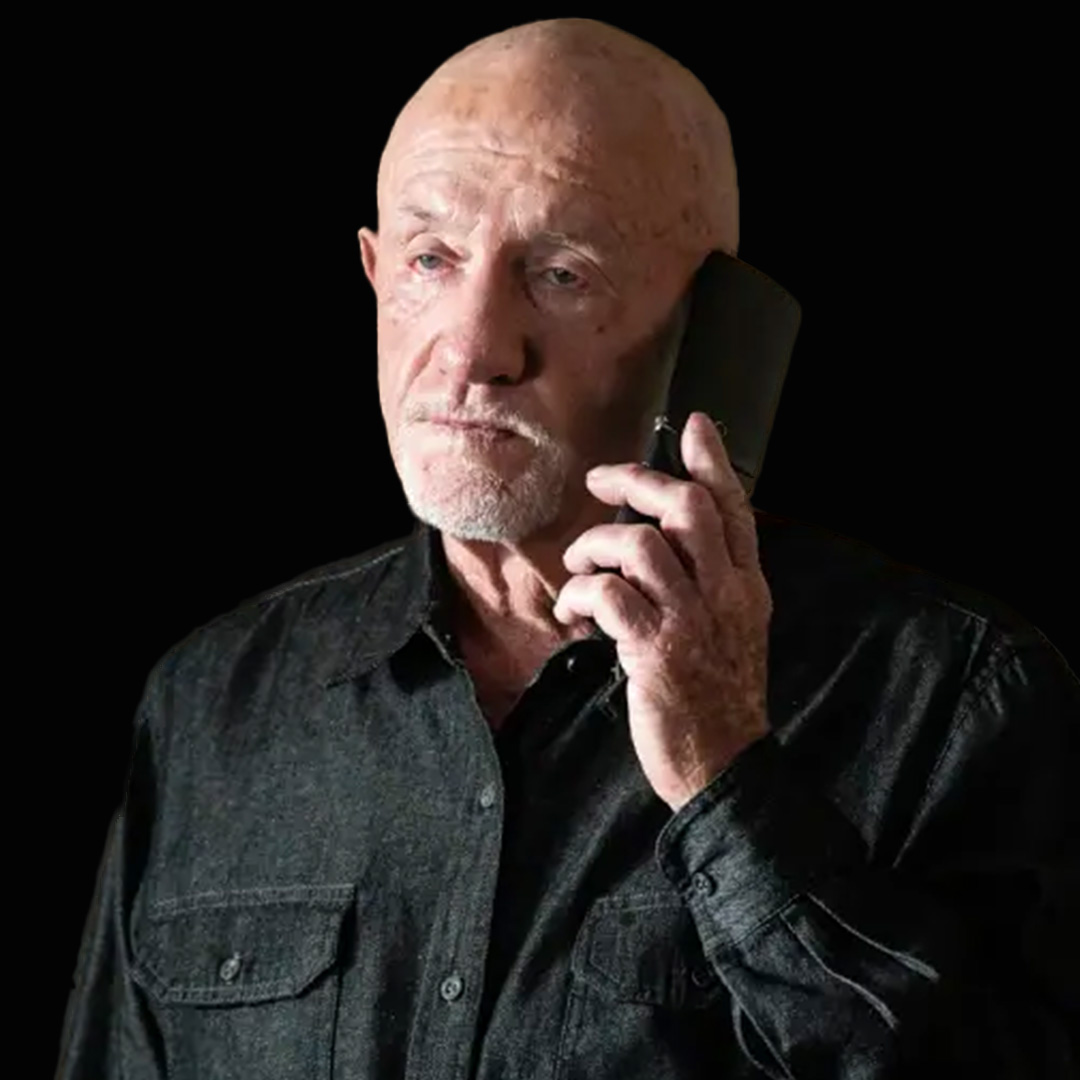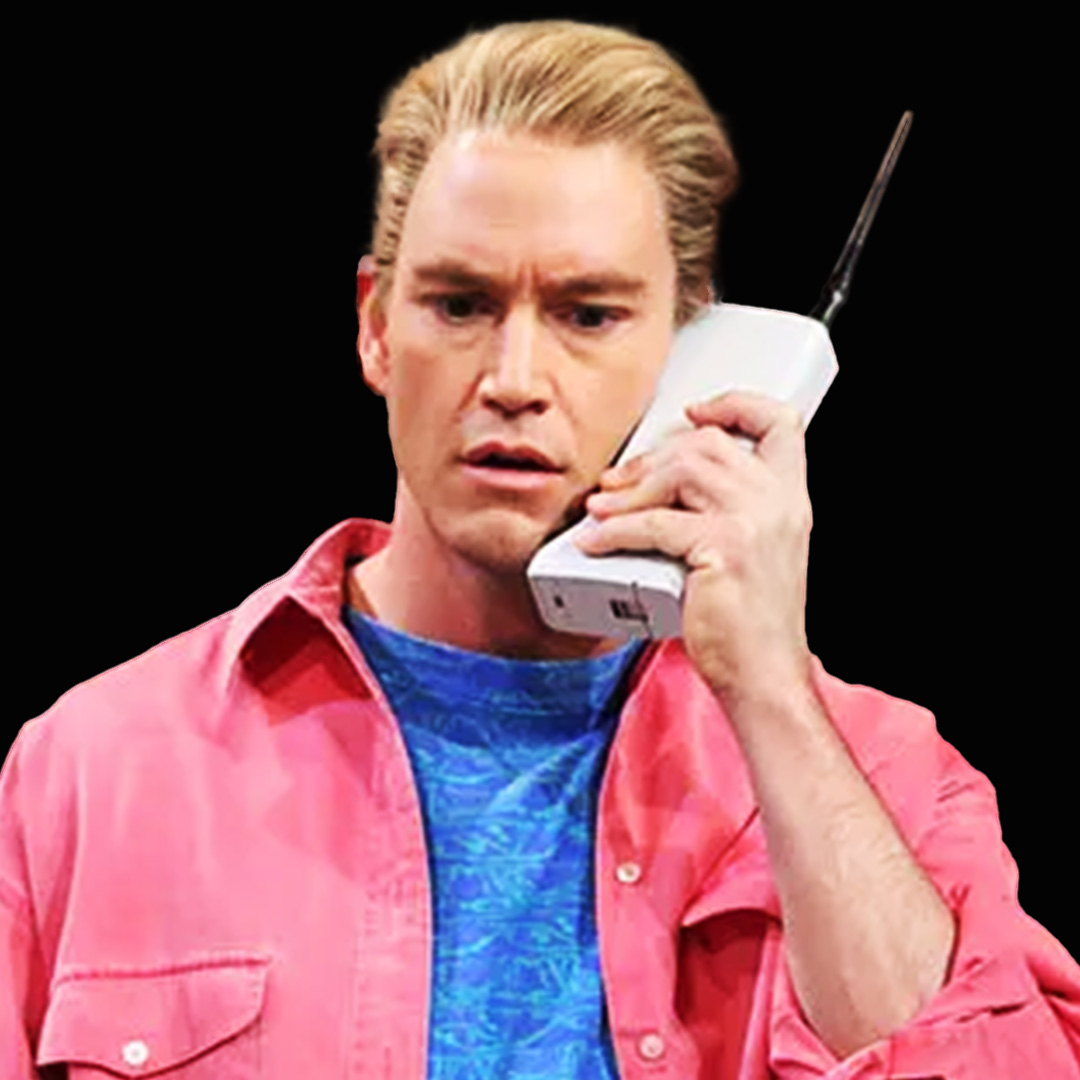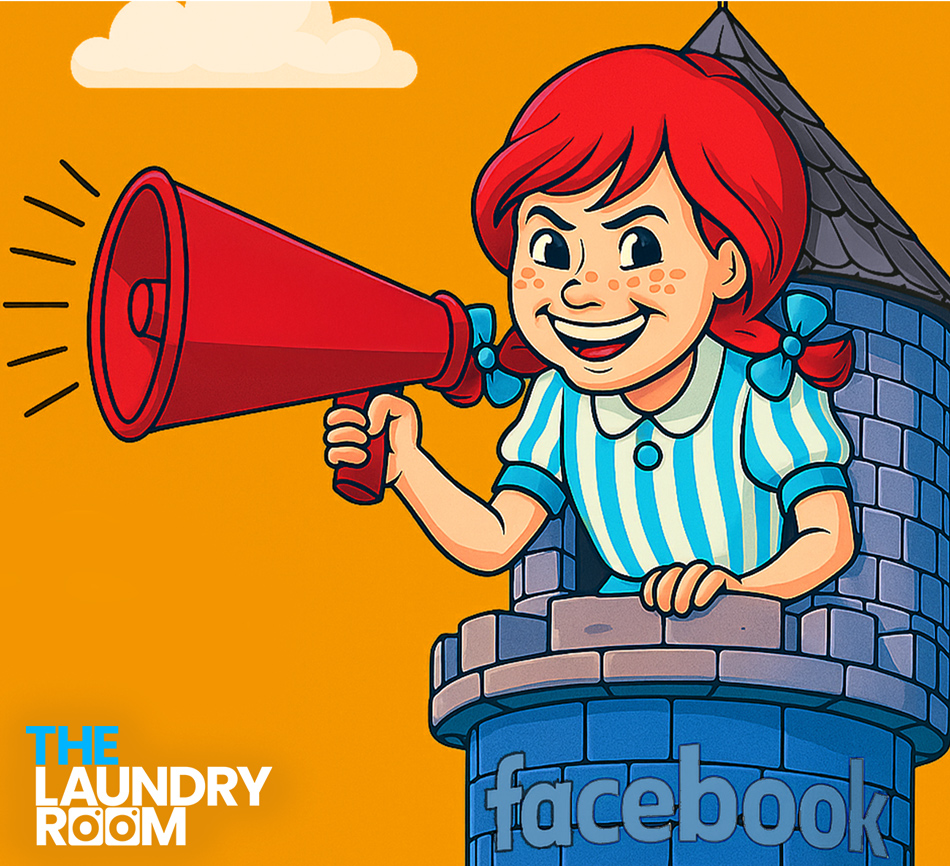00:07 – 01:04
Customer service is dead. That’s the code open. Why?
And how do we resurrect it? What does a business need to do to make sure that they are not walking zombies in the customer service box that they need to check? How do we make sure as a business that we aren’t tone deaf, that we aren’t empathetic to what our customer, our consumer is actually going through when we are providing service?
And it’s such a fallout from the pandemic with COVID that consumers have almost been conditioned to accept bad customer service now. Because demand was so high for everything that you just had to settle for what you get.
01:04 – 01:39
What you get is what you get because that’s all we have to give you.
Be thankful, be happy, move it on. Well, that has little to do with customer service. Like the supply of a thing can be whatever it is, whatever that reality is, and you still get good service.
And good service being defined as a friendly salutation, a listening posture, asking questions.
01:39 – 02:10
Did I answer the questions you have? It has very little to do with, did I get what I was expected to buy from you, and more to do with how did I feel about this exchange?
And man, we are in a weird spot as consumers and as businesses in that dynamic, providing customer service that people care about.
The only thing that will change it is people changing the buying behavior.
02:10 – 02:41
If you’re going to buy it anyways, you’re rewarding bad behavior.
Yeah, well, you get to choose, and you’re right. It’s work on the consumer to make sure that, it’s work on the consumer to make sure that you are rewarding the business that you’re giving your money to or penalizing the business by not giving your money to them.
02:41 – 03:14
I got a bunch of examples on this, man.
And I think the relativity between how we shop as day-to-day consumers, and that of a business interacting with its client, a business fulfilling the work in an engagement, is super parallel, super close. Let me give you two or three examples. I got an 11-year-old daughter, right?
03:14 – 03:40
She is one of my bright stars. Her light keeps getting brighter. Her birthday is a week ago.
I’m getting some balloons, and I go to a store. It’s not a balloon store, but they have balloons. I go to the store to get some balloons, because I know they got cheap balloons.
I can get a gang of them, right?
03:40 – 04:02
And I walk in. There’s only one store clerk in the store.
She’s got the whole store to herself. And there’s quite a few people in here. And this lady is trying to get them in, get them out as fast as she can.
Well, to get the balloons, there’s a helium tank. You got to choose what balloons you want.
04:02 – 04:23
She’s got to blow them up.
She’s got to put the string on it. It’s a process. And I’m fretting that, man, this lady’s going to be pissed because I’m about to ask for a dozen balloons.
Come blow these balloons up for me real quick.
And she’s going to be upset. Complete opposite. This lady was so helpful.
Which balloons do you want, baby?
04:23 – 04:45
Right? And I’m selecting the balloons.
Couple of them they didn’t have. She’s like, hey, I don’t have this. But here’s one that’s close to it.
You want to do this one? I’m like, yeah. Meanwhile, there’s three or four people behind me in this line that have to wait.
And this lady completely blocked those folks out to make sure that I was good.
04:45 – 05:04
Put the string on it, she’s like, hey, it’s windy outside. So you can’t hold these balloons by the string.
You need to hold them by the neck. Because if you walk out of here, they’re going to fly away. I’m like, man, thank you.
And this is, meanwhile, this is like at 8.30 at night, too, by the way, she’s closing in 30 minutes.
05:04 – 05:32
Such a great experience. The customer service that I got from her, I’m going to go back to that store to find something to buy so that I hopefully run across her.
That’s how big of an impact it was. Parallel that with my restaurant experience that I had. I won’t name the restaurant, but I got my kids with me.
And the customer service was so bad I walked out. Didn’t even get a chance to order.
05:32 – 06:00
Kids are bummed.
I go to the same restaurant, different location, hoping that I get a different experience. I get the same experience.
And that’s the thing, the only thing that you can do to fight that back is to not get it again. And very difficult. It is very difficult to do of like really holding that the power of the purse, man.
The power of the purse.
The dollars, the dollar is the thing that’s going to set you that that’s your voting.
06:00 – 06:34
That’s your scorecard. Yeah.
Where you who you give your money to.
Yeah. Yeah. So the the ability for business to make sure that there is constant attention to the service being provided is is an art form.
I don’t typically get upset about poor customer service. I’m pretty good about it because I’m so set in the I’m going to make them pay.
06:34 – 06:51
I won’t say a word to your face, but I won’t you’re going to pay for it, and you’re not going to see me again.
So I feel really, really good about that. So I don’t really I don’t really make a scene. I would never make a scene.
There’s part of me that sees it as like this huge opportunity.
06:51 – 07:19
I love it. When we hear horror stories from our clients about other other agencies on just complete lack of customer service, I get excited because I just feel like we put so much emphasis on it and we work on it, and we learn about it, and we practice it that it makes me feel even more confident of our future.
You know, like it makes me feel like, oh, we’re going to be fine.
07:19 – 07:47
We’re going to be totally fine for a very long time because we care. That’s why it’s because we surround ourselves with people here that actually care about the outcome.
So what’s the worst that could happen? Those folks at the restaurant? No problem, you walking out, man.
Like, no concern. That’s what I’m shocked about is the number of like, I just feel like in the olden days.
Two years ago.
07:47 – 08:25
Well, and I was thinking maybe more like 10 or 15 or maybe 20 years ago of like that clerk at the store. It wasn’t her store, but it was her store.
Oh, absolutely.
It totally was her store. And that has gotten lost, I think. We went through this thing, I believe, where like corporations have been deemed as these like evil entities and the people that work for all of those are the ones being not abused, I wouldn’t say, but maybe taken advantage of.
Fast food.
08:25- 08:49
I mean, they’re going through this right now in the fast food biz. Didn’t they just up, I think California just up the minimum wage or the wage for fast food workers.
Further supporting this, and I know nothing about that, of what they were getting, what they’re getting now. Are people going to have to pay 18 bucks for a cheeseburger? Whatever.
Like, I don’t, it’s California.
08:49 – 09:15
Let them do it, I guess. But is that going to get the outcome?
So when we do that, so the buy-in is what I was getting at. So there’s the girl working at the shop, like, what was she getting from the organization to make her value customer service or think that it was important versus what wasn’t the restaurant giving their employees to not care?
09:16 – 09:41
Well, I think there’s two components. One, hopefully, corporation is giving expectation.
And I was going to caveat that to say it’s not just pay.
It’s not just pay. No. Usually, it’s not pay.
Totally.
To be clear, I mean, pay is important, but you don’t do good work because you get paid well.
You get paid well.
Because you do good work.
09:41 – 10:08
It’s… So, expectation.
There is a… I think Chick-fil-A is probably a bit of a…
In the fast food bit, in the fast food game.
Yeah. In the food industry, probably a bit of a golden child with this example that… When’s the last time you went to Chick-fil-A and wasn’t greeted with a pleasant salutation from somebody working there?
10:08 – 10:42
I was reading something. And they teach everybody to say please and thank you.
Oh yeah.
Like that simple little thing.
It’s an expectation that has been set.
Yep.
And then they enforce that expectation. So that’s one part of it. Second part though is a personal conviction, a personal commitment.
That… And one of my biggest pet peeves is when I go into a place of business that offers a service, you know, be it a gas station or a drive-thru, and the service is not that great,
10:42 – 11:03
or you can tell that the person doesn’t want to be there. I guess I’m old school enough to ask the question in my head, nobody made you come here.
Yeah.
I mean, you don’t have to be here.
So why not do it the best you can? You’re there. At least give it everything you got, right?
Don’t take it out on me.
11:03 – 11:45
I didn’t twist your arm to come here. Go somewhere where you can give it 100% of your effort.
And clients expect the same thing. You know, we’re a professional service business. Time is our ultimate commodity, right?
That is, that’s our currency. And there is an unspoken expectation from clients that we know exists that you better enjoy, or at least act like you enjoy, the work you are delivering to your client.
11:45 – 12:14
There has to be a sense of fulfillment.
Because if you’re the client or the customer, and the person providing the service to you hates what they’re doing, how am I supposed to enjoy what I’m getting? And that is, that’s a very reciprocal dynamic.
Thinking about the shop and restaurant example you gave, the shop sounds like she wants you to come back again.
12:14 – 12:35
Why? The guys at the restaurant sounds like they don’t care if you come back again.
Right. What is that? I doubt it’s a profit sharing program, right?
Could be. Could be. But where did we lose that?
How did we lose that? And I’m with you. The COVID thing did change a little bit.
I think us as buyers certainly changed our expectations.
12:35 – 12:58
We lowered our expectations. No doubt.
Drastically.
No doubt.
Drastically. In all capacity, food, we’re talking about food and shop, but like this is home repair. This is service biz.
These are all, in all aspects, I think we’ve all given each other, as buyers, we’ve given a lot of sellers a pass.
12:58 – 13:24
Or sellers, businesses, a pass to, hey, we can order this for you, but we’re not going to get it for six weeks. All right.
COVID, man. Like, how long did we hear that? Yeah, COVID.
Like, no matter what the, sorry, your coffee’s not hot. COVID. There’s only three ice cubes in my drink.
Yeah, I know. COVID. Like, no matter what it was, like, everybody just used COVID.
And you only had to say COVID.
13:24 – 13:48
That’s all you had to say, COVID.
And there is a distinct difference between supply and demand and customer service. You know, are they, is there some correlation between the two? Okay, maybe.
If you’re understaffed as a business, customers are going to feel that. So that’s a legitimate correlation. Causation, though.
Why does your customer service suck? That has little to do with supply and demand.
13:48- 14:11
You can tell someone in a very nice, constructive way.
We’re swamped.
We’re swamped, man. It’s going to take you six weeks to get this. Here’s what we’re going to do to try to accommodate that delay.
We’re going to communicate with you. Man, before we started recording, I just got a phone call. I got fertilizing happening,
14:12 – 14:35
right?
Just signed up for this service to get it done. It’s springtime. I’m skeptical about it.
You know, I’m from the south. We fertilize our own grass, where I come from. So I’m already skeptical about having somebody come out and do this.
They came out. I wasn’t home. I got a little stick in the yard saying that they came.
And the application was done.
14:35 – 14:59
Well, that’s all I have. That’s the only proof I have that they came.
I just got a phone call, though. Hey, Mr. Taylor, following up. We came out yesterday.
Any questions we can answer for you? Did we deliver the service to your expectation? I’m like, man, I think so.
Thank you for calling. Did you have any questions? Hey, actually, I did have some questions.
14:59 – 15:17
When can I be in place next time when you come out? Okay, this is what we’re going to do. We’re going to call you 24 hours before we come.
We’re going to call you day of. Technician is going to call you to make sure that he can meet with you and talk about any concerns you have. Now, the product or the service
15:17 – 15:35
they deliver matters that much less.
Did you walk through the yard and get down and see if you could see the fertilizer? No. You know what’s interesting about that story to me?
And this is so true. I think we all do this. You got home.
You haven’t done this before.
15:35 – 15:53
You haven’t paid someone to fertilize your yard before. You come home.
The only proof that you really see is that little flag. So, hey, did someone come by my house and just stick this flag in? And now I’m getting a bill.
That was your mindset. As soon as that guy called you, though, now all of a sudden the flag in the yard is a thumbs up.
15:53 – 16:17
Not a, this is all you did.
Now it’s a, okay, all right, this is how they work. So that one phone call, and that phone call was all of 60 seconds. That one phone call changed the trajectory of like what the narrative you would have told yourself about these guys.
If you’d only got that call, and if you would have had to call in and then put on a text, some sort of like operator,
16:17 – 16:40
yeah sir, well, this is how, you know, she’s reading the script. Sounds like this was the dude that drove out. That changes everything.
So customer service had nothing to do.
With the service being provided, yeah.
You still didn’t see the fertilizer. But now your faith that it actually happened went up drastically because the guy called and gave you a sense that he cared about
16:40 – 17:09
the work that he was delivering to you. That is just, man, that is so…
That’s gold. That’s money.
Translating that or paralleling that with what we do in business and what our peers provide, that balance between the work that you’re actually doing to fulfill the engagement or the contract or whatever the scope is, with that of good communication,
17:09 – 17:37
right? We talk about proactive communication a lot here. Hey, send that e-mail before the client e-mails you.
Client e-mails you, respond to them four hours or less. You owe that. They call you, and you can take the call, you answer it.
You can’t answer it, you call them back immediately. You can’t call them back immediately, you send a message saying, here’s when you can expect a call from me, right?
17:37 – 18:13
Just those little things, to not make clients feel uneasy for any extended period of time. Did they get my text? Did they get my call?
Did they get my e-mail yet? I don’t know, they haven’t responded.
Right. And when you do that, it decreases the uncertainty, right? That old adage of my favorite adage, when you don’t know, you make it up.
When you don’t know the answer or what the scenario is, sometimes you make it up in your head. When you do that, and if it sits there long enough, it becomes truth.
18:13 – 18:38
Once it’s truth, it’s hard to pivot.
It’s hard to believe something else. And so the power that the business has to curate that customer service, to curate what’s happening is everything. That restaurant could have easily come out and said, hey, we are severely under manned here.
18:38 – 18:57
It’s going to be at least 15 minutes before we can take your order. Are you good with that? We understand if you’re not.
And the dude could have made a new friend if he would have offered you a free french fry. You know, like you would have been going there forever.
Had my girls with me. They could have said, you know what?
18:57 – 19:20
You guys want some treats, some desserts?
Not for free, but I would have paid for it, but all for a solution, right? And that is part of the customer service.
And we are not training. We are not training our youth for that.
Careful.
We are not training our youth for that.
Yeah, yeah.
Not as sellers. Salesmanship?
19:20 – 19:45
Oh my gosh.
You know, Ellie’s just getting of age, my oldest, just getting of age of Girl Scout, selling cookies and stuff. And we didn’t get into it this year. By design, she was the only kid in the whole thing that didn’t sell any cookies.
Oh, wow. And that made Amy feel bad, right? She felt like an outsider, like,
19:45- 20:03
oh man.
You didn’t bring me any cookies?
Well, and here’s the thing. This ain’t no, and you go down the list, it was the parents just buying cookies from the kids.
Oh, okay.
I’m not coming here with a bunch of cookies and handing cookies out. You want to sell cookies. You’re going door to door and you’re selling cookies through the neighborhood.
20:03 – 20:19
Oh, man, to be Nick Skislak’s daughter.
You are going to get a door in your face, and we were talking about this. And this is what she back-puddled on it, and she’s young. I’m not, it’s okay.
But if you’re going to play, you’re going to play. You’re going to do it right. You’re not coming to me and your aunts
20:19 – 20:42
and your uncles and your grandparents and hitting them up for money to go put your name on the list and say you didn’t sell those.
Those were referrals, man. They had no one else to go to. You are going to go and you’re going to learn these lessons.
And these guys are not being put in the position, Mike, to be told no, to have a door slammed, not slammed, but shut in their face.
20:42 – 21:12
I see it. I see it all the time.
It’s life. It’s, it crumbles them. And when they hit the age of 30 years old and never had that, it is debilitating.
It is debilitating. No question about it is soul crushing. And that’s where I think the fear, we talk about this with the door dash and the leave it on the doorstep stuff.
Like, oh, the Amazon guy’s coming. Let’s hide. Let’s hide.
Hide behind the door, behind the window,
21:12 – 21:35
wait till he walks back to the car and then run out there and get the package real quick. You can’t open the door and take it from the guy’s hand and say, thank you, have a great day. These are the things that I’m trying to do, but that I see that we’ve lost a little bit.
Like, there’s that caring about the other person piece
21:35 – 22:01
I suppose, in some regard.
Yeah. Yeah. And that translates across a lot of different areas.
It’s a good skill to have.
Oh, man.
I mean, it does you good in a lot of…
To be a good teammate with your peers at work requires that. It requires being empathetic about what they have going on that day.
22:01 – 22:20
How can I make it a little bit easier?
You can start with empathy. Hey, how’s it going? Hey, notice that you’re a little edgy.
How can I help? Oh, I’m swamped. I got this deadline, I got this deadline.
Hey, can I take one of those off your plate for you? It’s those little things and clients.
What’s wrong with you?
22:20 – 22:43
Yeah, yeah.
What’s your problem?
Yeah. And our clients, you know, clients are looking for that. They’re looking for, they don’t add, they don’t know how to ask for it oftentimes.
But we are, all of us as consumers are looking for that. I want someone to be empathetic about what I got going on. And that lady at the balloon shop, man, she provided that for me.
22:43 – 23:06
I’m running out, I’m grabbing these balloons. She made the experience really great. I will be back to get more balloons.
Who needs a balloon? I’m going to go back. And man, that is the difference.
Because did the balloon cost more at her shop than the guy down the street? Or her balloons subpar to maybe cooler balloons?
23:06 – 23:36
Maybe.
I don’t care. Because that customer service, same with the fertilizer guy. So, you know, I think we could, we can all step back, certainly in our respective professions, and ask the question, am I delivering the service that I would expect?
Does my client value? Does my customer care about, appreciate the level of service that we’re giving them?
23:36 – 24:04
And I suppose that’s where I feel really confident that that’s not going away. I do believe that that is still important as a buyer, as someone that is going to go transact and put money down for a product or service. I still believe that that is a very valuable thing to sustain long-term customers or clients or relationships.
Like that is, that’s the foundation. And I, yeah,
24:04 – 24:21
so when I see it, I kind of, I smirk a little bit and I rub my hands together like, yeah, we’re going to be, we’re going to be just fine.
Yeah, yeah. Guys, this is The Laundry Room. Michael Taylor, Nick Skislak, hanging out with you.
Thanks for tuning in.


